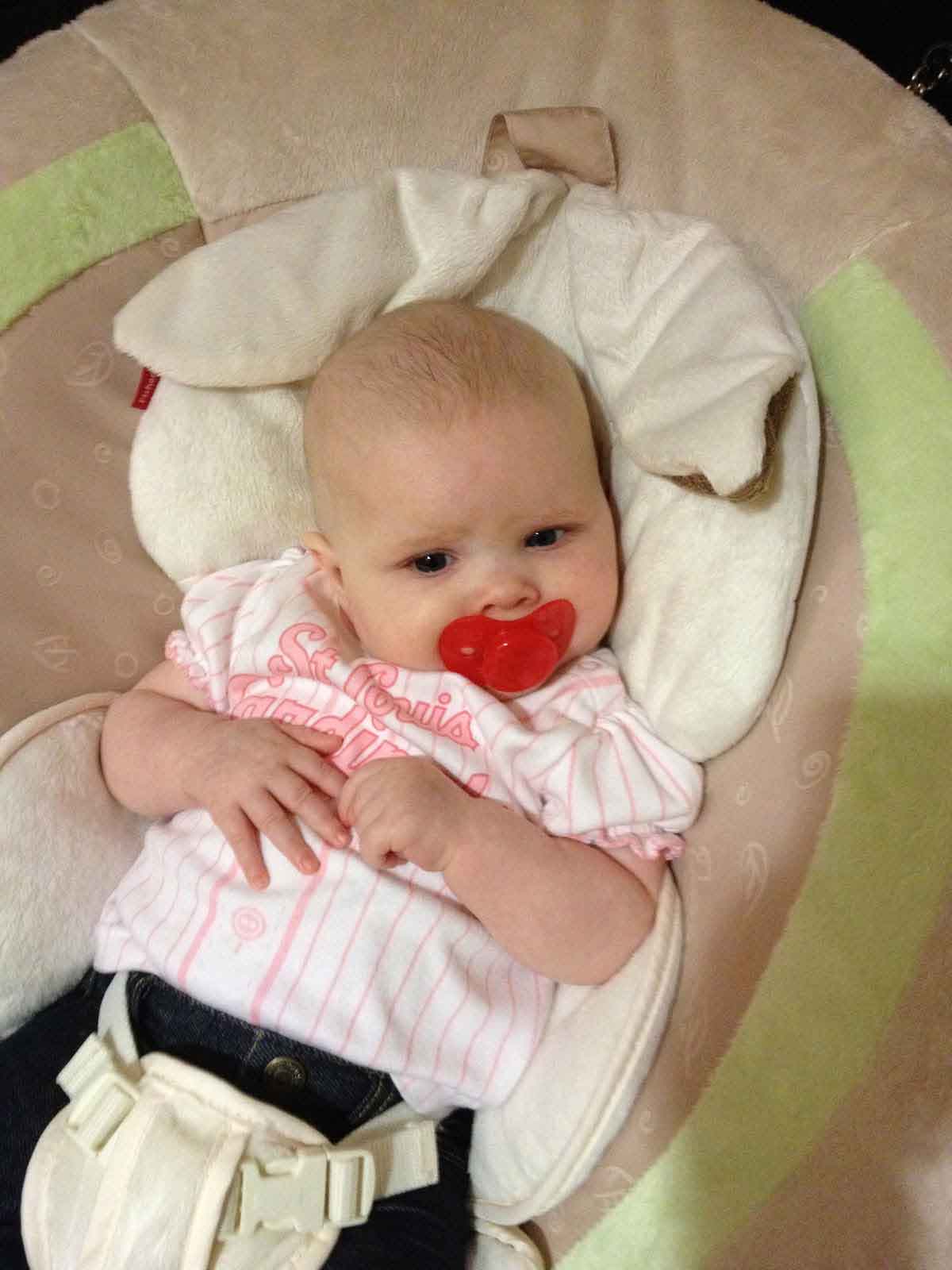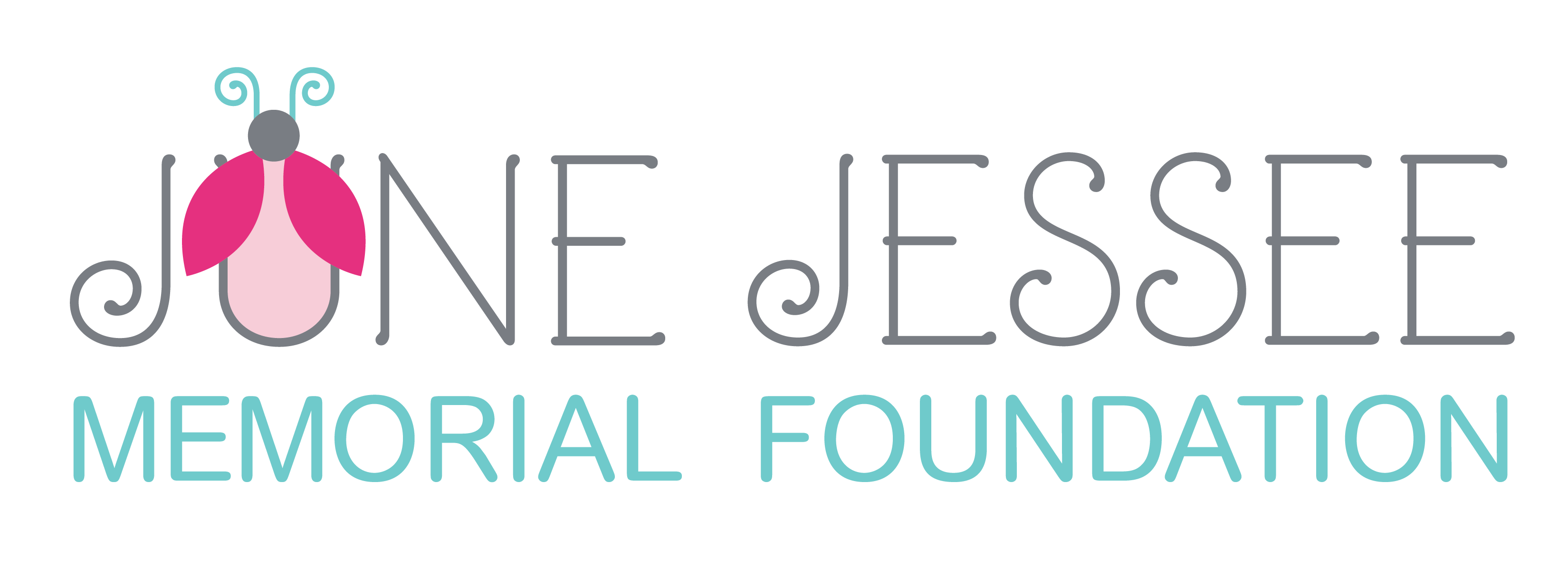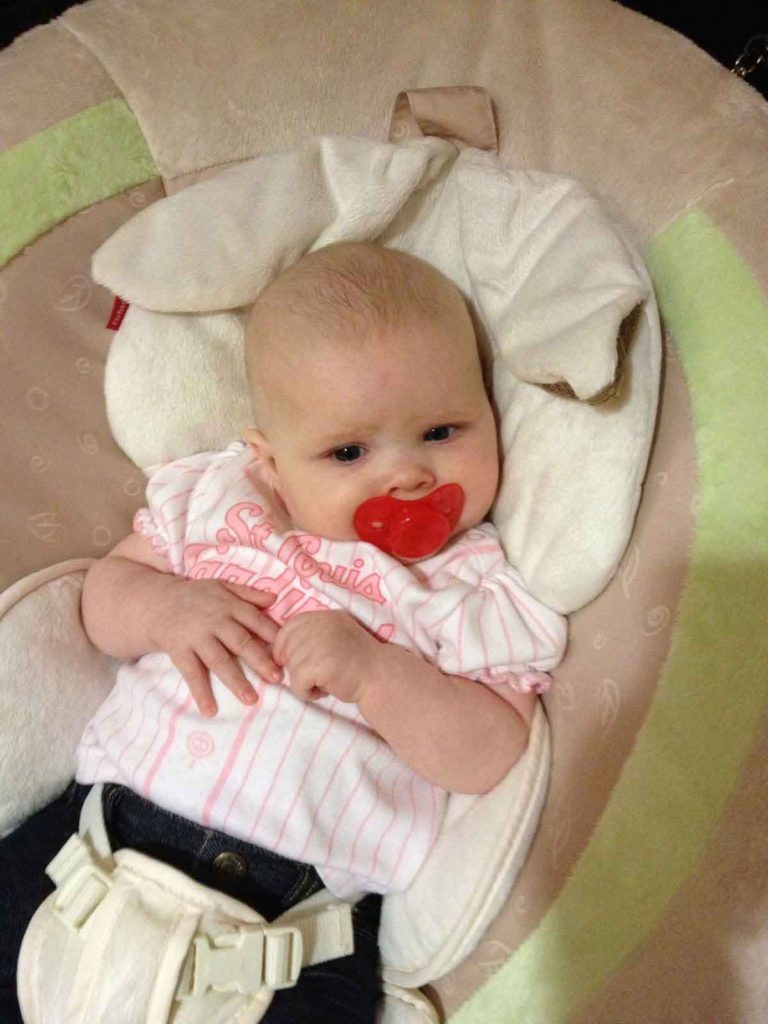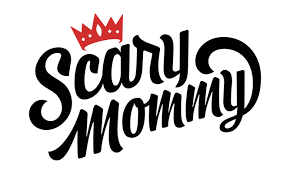Ketosis
Matt and I are pleased to report some happy news – June is in “ketosis!” I think that sounds so funny to say about a baby, like she is in some far off galaxy, but that is how the doctors refer to it, so that is how I will describe it too. All it means is that she is now using fat for energy instead of glucose. After our trip to Detroit to see Dr. Chugani, Matt and I decided to start June on the Ketogenic Diet. When we followed up with our doctor here, we realized June wasn’t doing as well as we thought on Vigabatrin. So, we decided it was better to move forward with a new treatment rather than go backwards to something that wasn’t working well.
On Monday, June started the diet in the hospital. We were there for four days, and we spent a majority of the time with the dietician learning about the diet. Each baby or child on the diet has a specific diet “ratio” of fat to carbohydrate and protein grams combined to follow based on weight, height, and ketone levels. It can take some trial and error to get to the proper ratio. As of now, June’s ratio is roughly 3.25:1, which means her diet provides 3.25 grams of fat for every 1 gram of carbohydrate and protein. Sound complicated? Well, it is. That is why you start the diet in the hospital with help from the dietician. The doctors also needed to monitor June to make sure she handled the diet okay. To make the formula, we mix RCF (Ross Carbohydrate Free) soy formula, breast milk, and olive oil. Since June is so little it is fairly easy to administer, but we still need to measure each ingredient with a gram scale and when the recipe calls for 18 grams of something, it has to be 18 grams. It can’t be 18.1 or 17.9. I’ve spent a lot of time adding and removing little droplets of liquid because of a measly decigram. Additionally, not only do we need to make adjustments to June’s food, but also her medicines, lotions, diaper cream, and even tooth paste (once she has teeth to brush). I never would have thought lotion, for example, would have carbohydrates in it, but a lot do and using it could throw off June’s state of ketosis. In order to tell if June is in ketosis, we test her urine several times a day with test strips.
All of this sounds like a big to-do, but it is all worth it because June has made so much progress since starting the diet. On Wednesday, she clasped her hands together for the first time and began to bear down weight on her legs. She can also lift her head higher when she is on her tummy and she is more focused on her environmental surroundings. Yesterday, she even seemed to respond more to noise. When she was sleeping she woke up to the sounds of people talking and when the phone rang she began to cry because it woke her up. We never had to worry much about noise levels when June was sleeping, but I am so happy that I need to now. It is an unbelievably great worry to have! We are hopeful that if June has made this much progress in less than a week, she will continue to improve as time goes on.
I will be the first to admit that I am shocked by June’s improvement. When I first heard about the diet, I thought it was a bunch of hocus-pocus. As a society, we are taught to believe medicine only comes in the form of a pill. I couldn’t believe that changing June’s diet would actually improve her development and possibly stop her spasms. In a few weeks, June will have another EEG to see if the diet is halting the abnormal activity in her brain, but the doctors said to give it 2-3 months to see if the diet will make her EEG normal.
Thanks for reading. We fight on.








